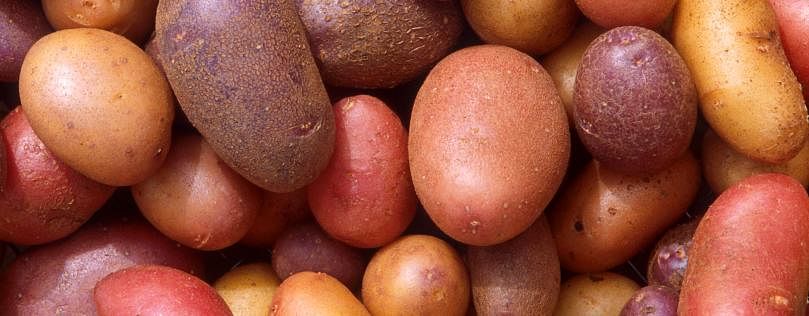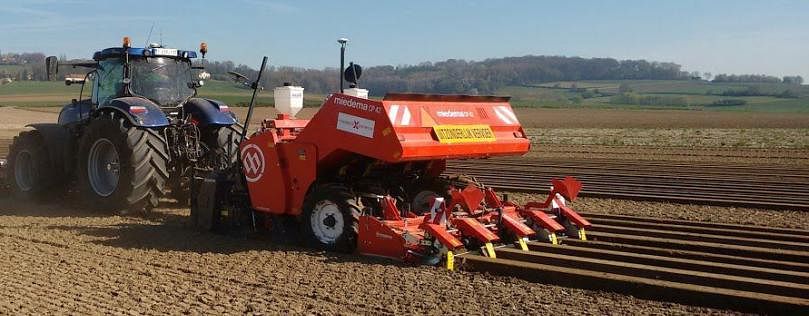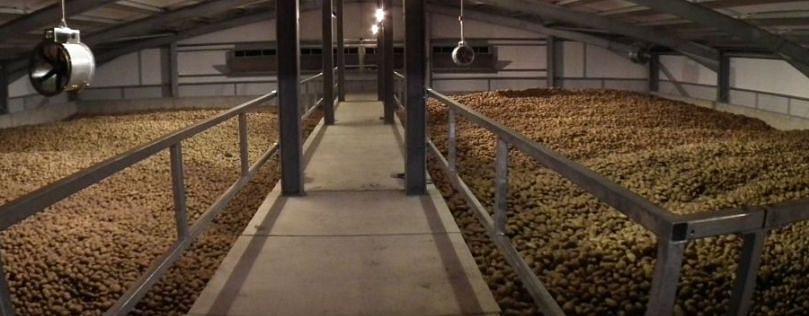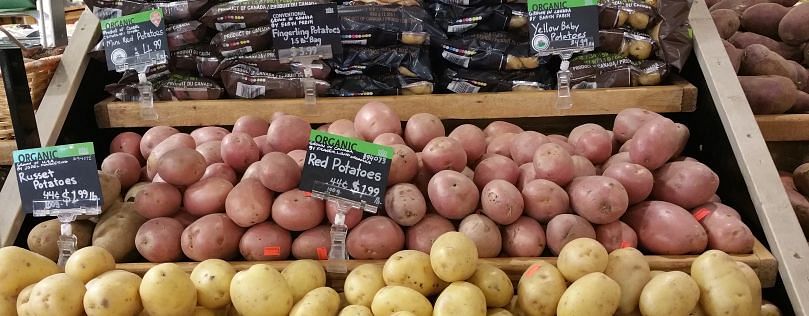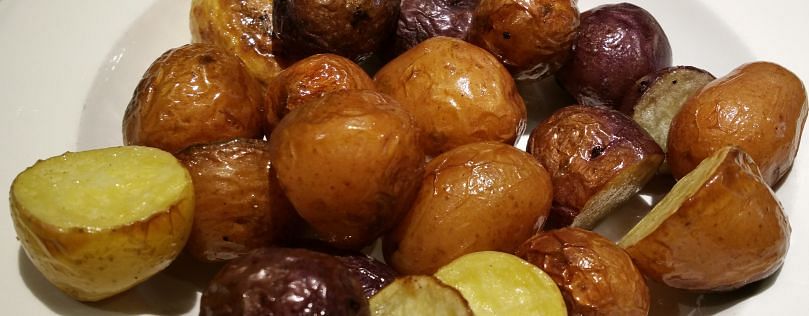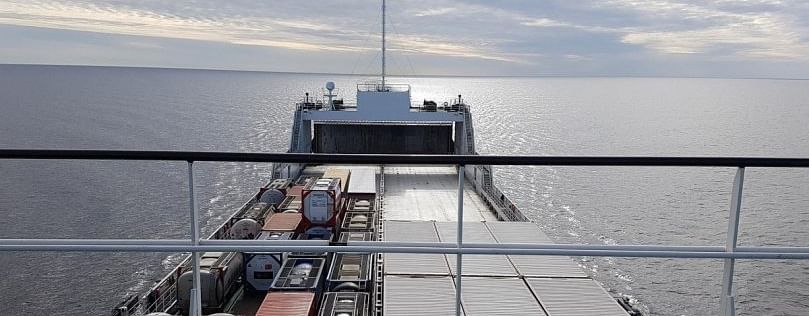In the section Potato Supply Chain, we cover everything that is involved in getting a potato to your plate at home.
You learn about potatoes, how they are cultivated, stored and how they are offered in retail.
Potatoes
Potatoes are the 4th most important food crop in the world - after corn, rice and wheat. As demand for food grows with the increasing world population, the role of potatoes will only become more important, since potatoes as a crop have distinct advantages over crops such as corn, rice and grains.
Although in many developed countries the consumption of potatoes decreases slightly, this is more than compensated by the growing consumption in developing countries.
China and India should be mentioned here in particular. Not only are China and India the #1 and #2 most populous countries in the world, they are also the world's #1 and #2 producers of potatoes (and consumers - as a country, not per capita) and potato production is rapidly growing in both countries.
Potato Cultivation
The potato (Solanum tuberosum) is a perennial vegetable, typically grown as an annual starting from seed potatoes. Seed potatoes are small tubers (or pieces of tuber) specifically cultivated for this purpose. Being free of diseases is the most important characteristic of seed potatoes.
Potatoes can be grown almost anywhere. The most important limitation for the cultivation of potato is temperature: potatoes need a cool but frost-free growing season. If temperature is over 30C or below 10 tuber growth slows strongly. Best yields are obtained if the average daily temperature is in the 18 - 20 C range.
For that reason, potato is planted in early spring in temperate zones and late winter in warmer regions, and grown during the coolest months of the year in hot tropical climates. In some sub-tropical highlands, mild temperatures and high solar radiation allow farmers to grow potatoes throughout the year.
Potato varieties can be classified according to the number of days they require to come to harvest: “early” season (75-90 days), “midseason” (90-135 days), and “late-season” (135-160 days).
Potato Storage
Since in most locations potatoes can not be grown year-round, potatoes need to be stored to make them available all year.
Luckily potatoes can be stored rather well, provided they are stored in the right conditions. How and when the stored potatoes will be used, determines what the right conditions are.
Potatoes in Retail
How table potatoes are offered to the consumer differs of course from country to country. They can be offered loose or packed.
The general trend is towards smaller, more user-friendly packaging, while variety of potatoes on offer is increasing as well. In this section we also address promotion of potatoes.
Potatoes at Home
Potato are a very versatile crop, which means there is an endless range of products that can be prepared from it.
Make sure to pick the right type of potatoes for the product you are going to prepare.
We offer some recipes and some general knowledge that anyone would like to know

